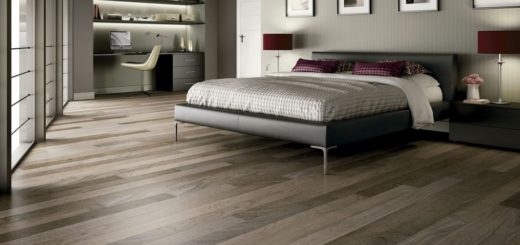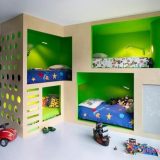How Educational Spaces Are Being Redefined
Historically, the concept of education was simple – one strategy and solution for every child. Children had to conform, adapting to a rigid environment established to achieve specific learning goals.
As time has moved on, it has become apparent that children do not all learn at the same speed or in the same way, and adapting the way in which educational content is delivered is vital to meeting their needs. This requires a revolutionary shift, not only in how educators teach but in the setup of their environment.
How Children Learn
Children often struggle to retain information that is delivered in a dictative manner, learning better through hands-on exploration that ignites their natural curiosity. Play-based learning is the most effective strategy for imparting knowledge into younger children encouraging social interaction and developing critical thinking skills.
How The Environment Can Support This Learning Style
It is not always practical to immerse children in play-based or outdoor learning environments. Therefore, enabling structured classrooms to blend seamlessly with the natural environment is key to nurturing creativity and contentment in children.
An education architect like /www.quattrodesign.co.uk/sectors/school-education-architects/ can identify innovative solutions for modifying or creating buildings which are inclusive, dynamic and readily integrated with their surroundings.
Known as an “open classroom”, such a space in which children can engage in their own interests, as well as teacher-directed tasks, is accepting of all learning styles, adaptable and effective in meeting the needs of the curriculum.
Using modular furniture and movable walls allows classrooms to be reconfigured to suit the specific needs of teachers and their pupils. By integrating technology and digital solutions alongside connecting children to nature and providing them with space in which to express themselves creatively, a passion for learning can be ignited and nurtured.
In Conclusion
Redefining educational spaces requires a commitment to meeting the needs of the child. Classrooms should be airy and light with quiet areas for focusing and reflection as well as interactive spaces to promote active learning. By designing in accessibility features, it is possible to future-proof these spaces to meet the ever-evolving demands of modern education.













